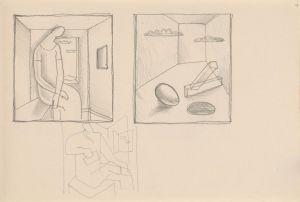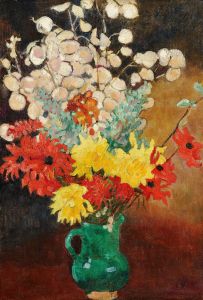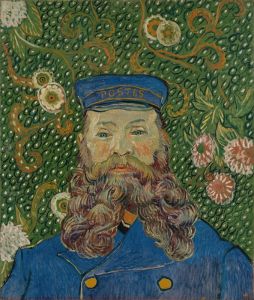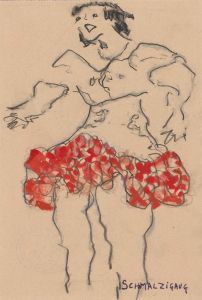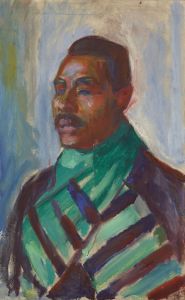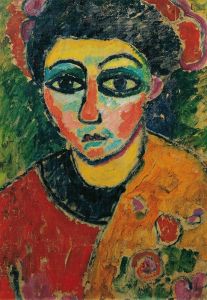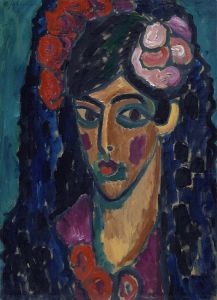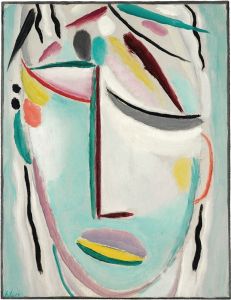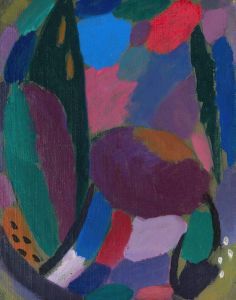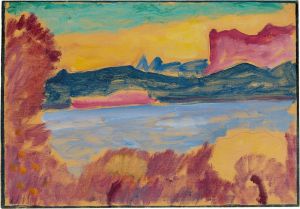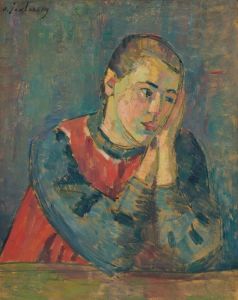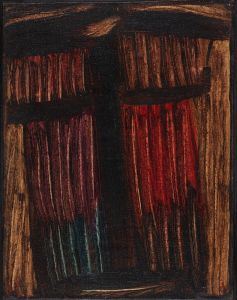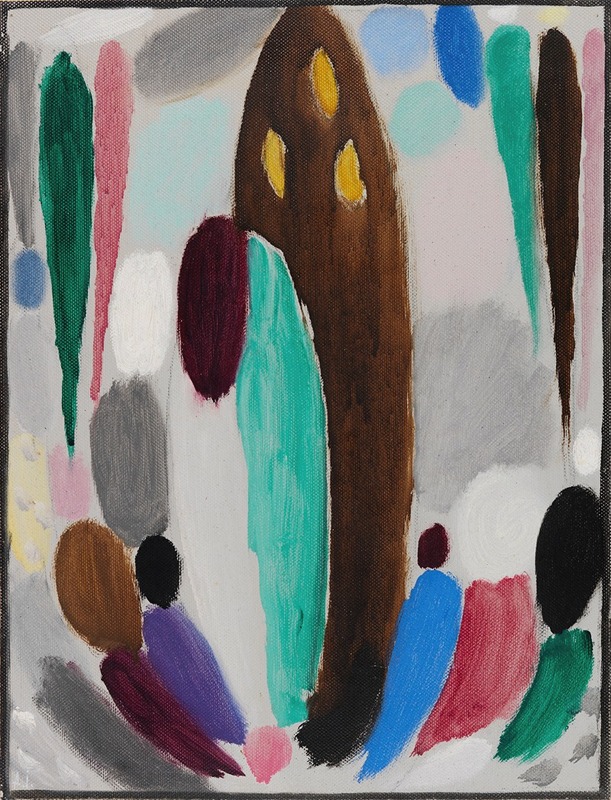
Ascona
A hand-painted replica of Alexej von Jawlensky’s masterpiece Ascona, meticulously crafted by professional artists to capture the true essence of the original. Each piece is created with museum-quality canvas and rare mineral pigments, carefully painted by experienced artists with delicate brushstrokes and rich, layered colors to perfectly recreate the texture of the original artwork. Unlike machine-printed reproductions, this hand-painted version brings the painting to life, infused with the artist’s emotions and skill in every stroke. Whether for personal collection or home decoration, it instantly elevates the artistic atmosphere of any space.
Alexej von Jawlensky was a Russian expressionist painter associated with the German Expressionist movement. He was born on March 13, 1864, in Torzhok, Russia, and later became a prominent figure in the art world through his association with the Blue Rider group and his innovative approach to color and form. One of his notable works is "Ascona," which reflects his unique style and artistic vision.
Jawlensky's journey into the world of art began in Russia, but it was his move to Germany in the late 19th century that significantly influenced his artistic development. He settled in Munich, where he became acquainted with other avant-garde artists, including Wassily Kandinsky. Together, they were instrumental in the formation of the Blue Rider group, which sought to explore new artistic expressions and break away from traditional art forms.
The painting "Ascona" is named after the town of Ascona in Switzerland, a place that held personal significance for Jawlensky. Ascona was known for its vibrant artistic community and was a haven for many artists and intellectuals during the early 20th century. Jawlensky spent time in Ascona, and the town's picturesque landscapes and serene environment likely inspired his work.
"Ascona" exemplifies Jawlensky's mature style, characterized by bold colors, simplified forms, and a focus on the emotional and spiritual aspects of art. His use of color was particularly innovative, as he believed that colors could convey emotions and spiritual states. This approach was influenced by his interest in spirituality and theosophy, which were prevalent among many artists of his time.
In "Ascona," Jawlensky employs a vivid color palette, using contrasting hues to create a sense of harmony and balance. The composition is marked by its abstraction, with forms that are reduced to their essential elements. This abstraction allows viewers to engage with the painting on a more intuitive level, inviting them to experience the emotions and sensations that the colors evoke.
Jawlensky's work, including "Ascona," had a significant impact on the development of modern art. His exploration of color and form influenced subsequent generations of artists, and his contributions to the expressionist movement are widely recognized. Despite facing challenges during his lifetime, including the upheavals of World War I and the rise of the Nazi regime, which labeled his work as "degenerate art," Jawlensky's legacy endures.
Today, "Ascona" is appreciated for its artistic innovation and its reflection of Jawlensky's personal journey and philosophical beliefs. The painting is a testament to his ability to transcend traditional artistic boundaries and create works that resonate with viewers on a profound level. Through "Ascona" and his other works, Alexej von Jawlensky remains an influential figure in the history of modern art, celebrated for his contributions to the expressionist movement and his pioneering use of color and abstraction.





